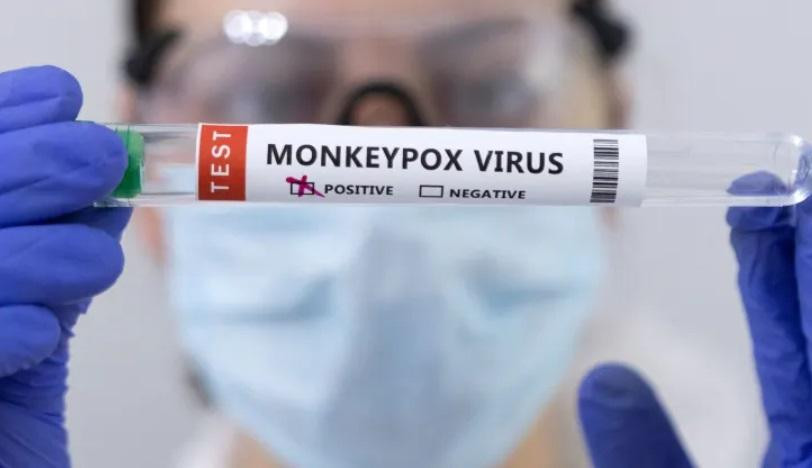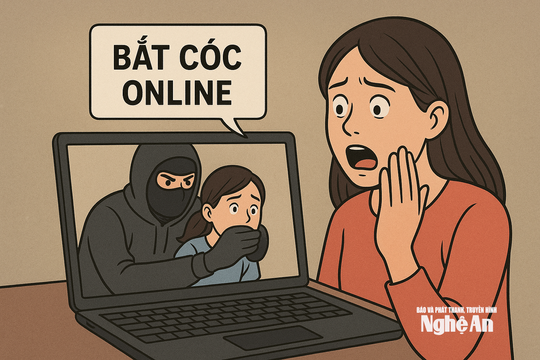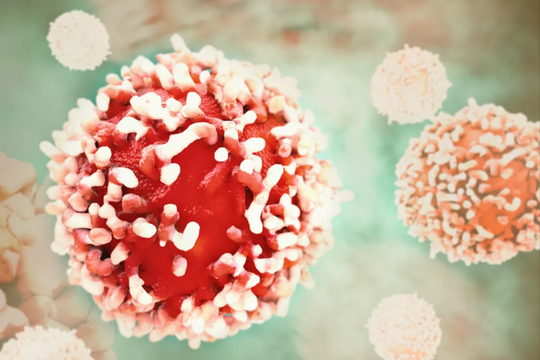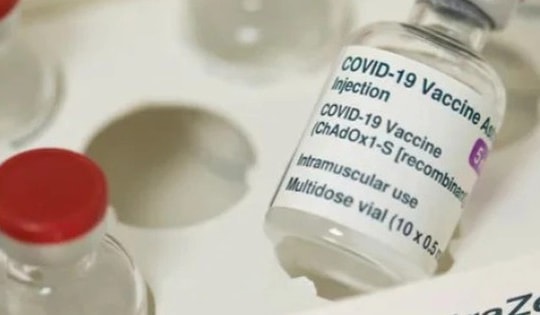Who should use monkeypox vaccine?
Smallpox vaccination may be protective against monkeypox. Use of the vaccine to prevent monkeypox in high-risk groups.
Is mass vaccination against monkeypox necessary at this time?
According to the Guidelines for Diagnosis, Treatment and PreventionmonkeypoxIn humans, the Ministry of Health issued a vaccine to prevent monkeypox in high-risk groups.
Dr. Nguyen Trung Cap, Deputy Director of the National Hospital for Tropical Diseases, said that people who received the smallpox vaccine were at least 85% protected against monkeypox. However, the world had permanently eliminated smallpox in the late 1970s and early 1980s, so very few countries still have smallpox vaccine reserves.
The production lines have long been shut down, and only a few countries have restarted them. There is currently no indication for widespread vaccination against monkeypox for all people.
Also on this issue, up to now, the World Health Organization (WHO) has also agreed to only vaccinate high-risk subjects such as laboratory workers, and to vaccinate early those called F1 - in direct contact with patients to prevent the progression of the disease. If the disease develops, the disease progression will be much milder than in people who have not been vaccinated.
Classification of monkeypox status
Monkey pox is an acute, potentially epidemic infectious disease caused by the monkeypox virus. The disease originates in Africa and is transmitted from animals to humans and from person to person through direct contact with skin lesions, body fluids, sexual contact, respiratory droplets, objects of infected people, and from mother to child.
Monkeypox has main symptoms of fever, blister-like rash and swollen peripheral lymph nodes, can cause serious complications leading to death.
 |
Illustration photo |
The disease is divided into 3 forms:
Asymptomatic form: People infected with monkeypox virus do not have any clinical symptoms.
Mild: Symptoms usually resolve after 2 to 4 weeks without any specific treatment.
Severe form: often occurs in high-risk groups (pregnant women, the elderly, children, people with underlying diseases, immunodeficiency, ...), can lead to death, usually from the 2nd week of the disease. The patient may experience skin infections, with symptoms of prolonged fever, cloudy blister fluid or broken blisters leaking cloudy fluid.
Some may develop pneumonia (cough, chest tightness, difficulty breathing), encephalitis (impaired consciousness, seizures, confusion, coma), and sepsis (prolonged fever, organ damage).
Transmission of monkeypox
Monkeypox is transmitted from animals to humans when people have direct contact with the blood, meat, or body fluids of infected animals.
The disease is transmitted from person to person through close direct contact, through open wounds, body fluids, large respiratory droplets and through contact with objects and utensils contaminated with pathogens.
Transmission can occur across the placenta from mother to fetus or through close contact during and after birth.
5 dangerous signs of monkeypox
Accordingly, at the commune/ward and district health stations, asymptomatic cases and mild cases with common symptoms of the disease will be treated.
Provincial and central levels will receive severe cases or cases at risk of worsening (newborns, people with immunodeficiency, the elderly, underlying diseases, pregnant women), and cases with severe complications.
Dangerous signs of the disease that need to be monitored and considered for treatment referral:
Reduced vision.
Decreased consciousness, coma, convulsions.
Respiratory failure.
Bleeding, decreased urine output.
Signs of sepsis and septic shock.








